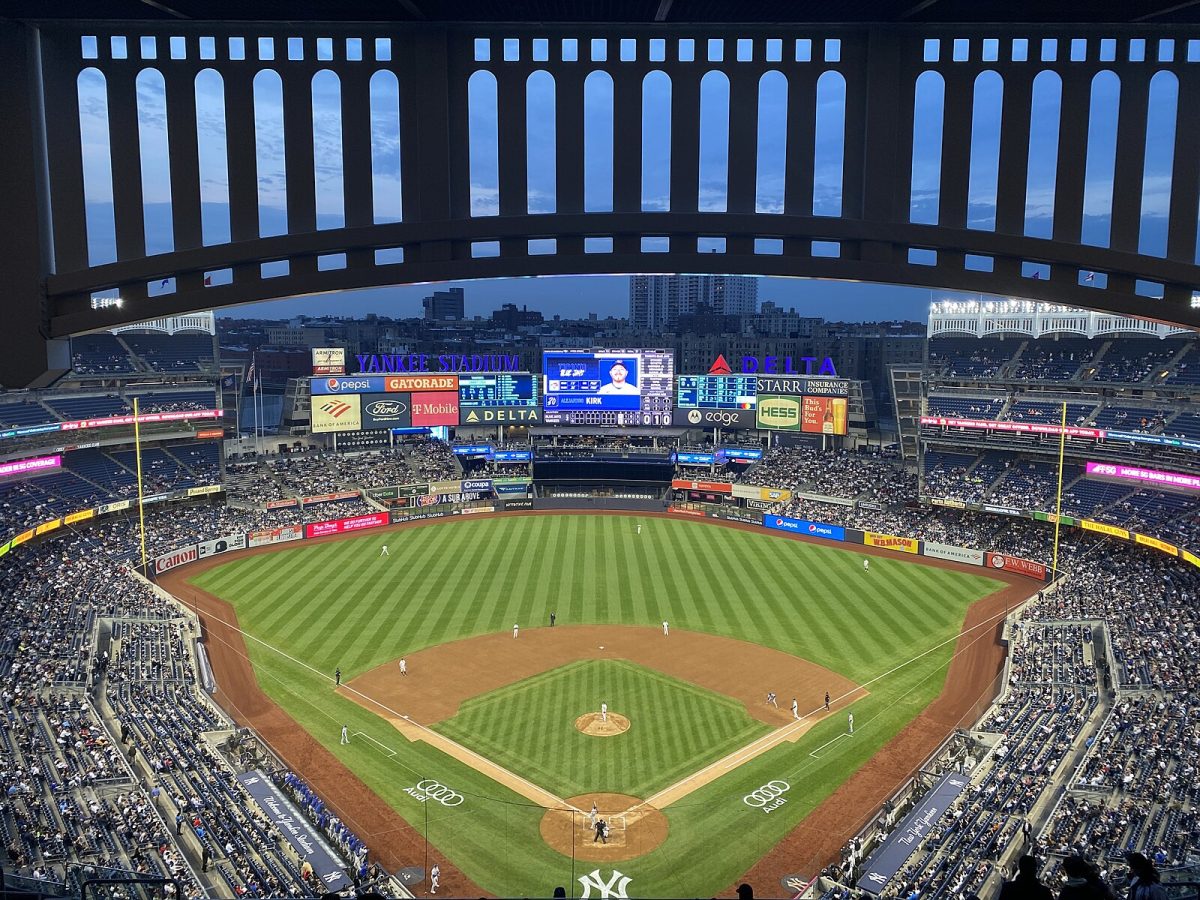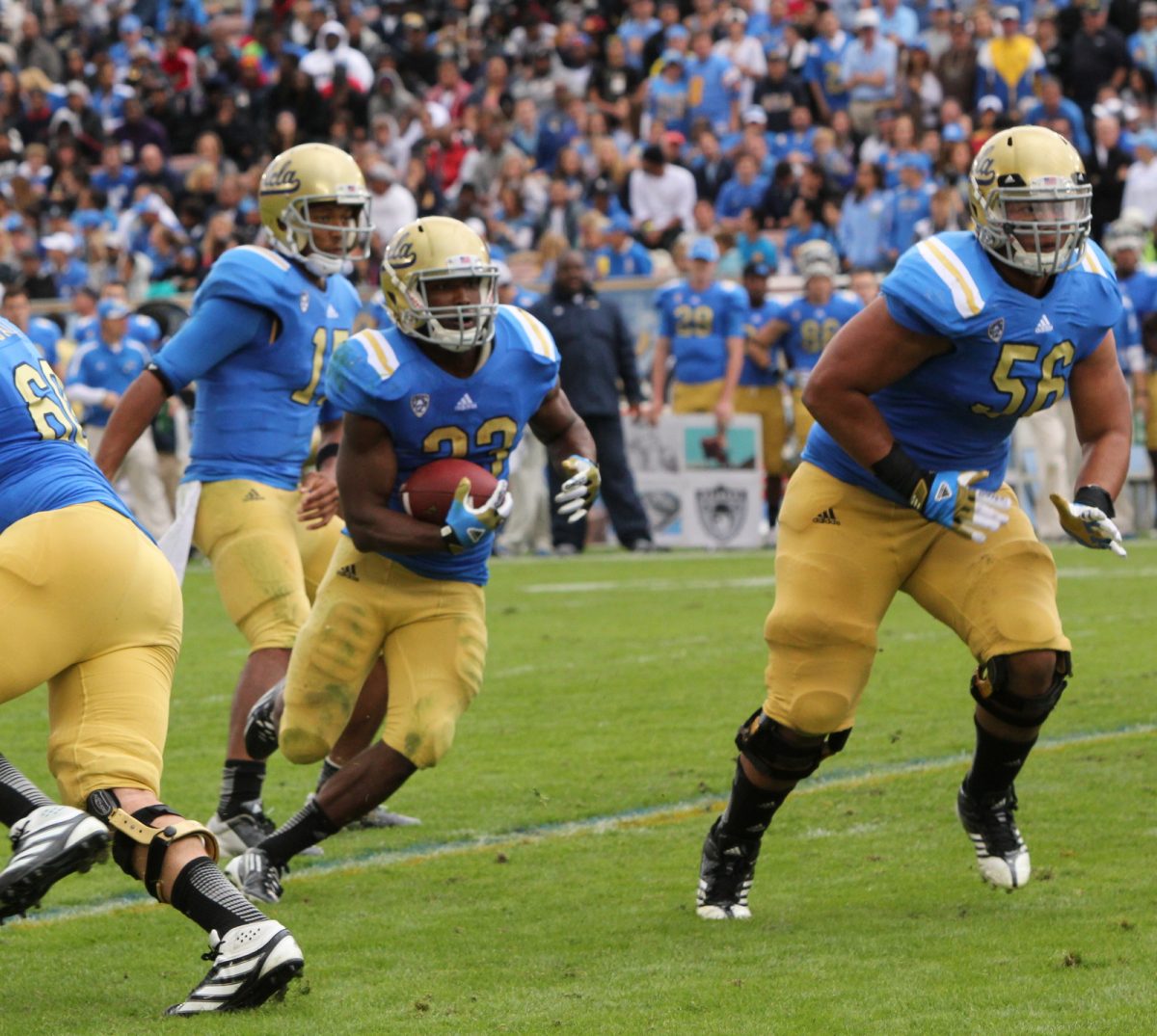During the 2024 summer transfer window, over $6.4 billion USD was spent globally in men’s professional football, marking the second-highest total ever recorded. On Aug. 3, 2017, Neymar da Silva Santos Jr. moved from Barcelona to Paris Saint-Germain in the most expensive transfer in football history, costing PSG a record-breaking €222 million, about $263 million at the time. Since this transfer, the soccer transfer market has become even more bloated with exorbitant fees, as seen this summer.
The English Premier League led the way with the highest spending, reaching €2.33 billion with clubs like Chelsea, Manchester United and Brighton being the biggest contributors. However, it was Dominic Solanke’s move from mid table Bournemouth to Tottenham Hotspur for £55 million that shook the market, given Solanke’s slow rise at his previous, more prestigious clubs, Chelsea and Liverpool.
Italy’s Serie A saw significant spending, totaling €1.01 billion, with clubs like Juventus and Napoli being major players. The biggest transfer shock came from a relatively low-priced move: Victor Osimhen, the prolific Nigerian striker, to Galatasaray. It had long been expected that Osimhen would leave Napoli for a fee between €70-120 million, with Chelsea or Al Ahli as likely destinations. However, Osimhen failed to agree on wages with Chelsea leading to the deal falling apart.
Spain’s La Liga clubs spent €555.59 million during the window, with Atlético Madrid and Barcelona making some of the top deals. Kylian Mbappé’s free transfer from PSG to legendary side Real Madrid was perhaps the most anticipated transfer of the decade. Mbappé, who had long idolized Real Madrid and their former talisman Cristiano Ronaldo, finally made the move after years of speculation. This came after he first flirted with the club in 2021, when Madrid’s €200 million offer was swiftly rejected by PSG.
German clubs spent around €602.98 million, driven by investments from Bayern Munich and Borussia Dortmund. Michael Olise, the English right winger, joined German giants Bayern Munich from Crystal Palace for €53 million, a significant sum for the 22-year-old who has shown flashes of star potential. To help finance the Olise move, Bayern Munich sold Matthijs de Ligt to Manchester United for €45 million.
French clubs, led by Paris Saint-Germain, contributed to €729.31 million in spending. PSG are rebuilding their team after the glory days of their star-studded attack with Messi, Neymar and Mbappé. Now focusing on youth, they have spent €169.92 million on João Neves, Désiré Doué, Willian Pacho and Matvey Safonov. PSG spent €59.92 million on Neves, an extremely promising defensive midfielder from Benfica, a club renowned for producing Portuguese talent. Neves is now considered a key part of PSG’s plans for the 2024-2025 season.
The world’s 20 biggest teams generated nearly €10.4 billion in revenue, suggesting that the spending power of these clubs will only continue to grow. UEFA’s spending guidelines and Financial Fair Play regulations will continue to challenge clubs’ lavish spending habits, with long-term sustainability becoming a growing concern for sporting boards, government regulators and fans alike.







